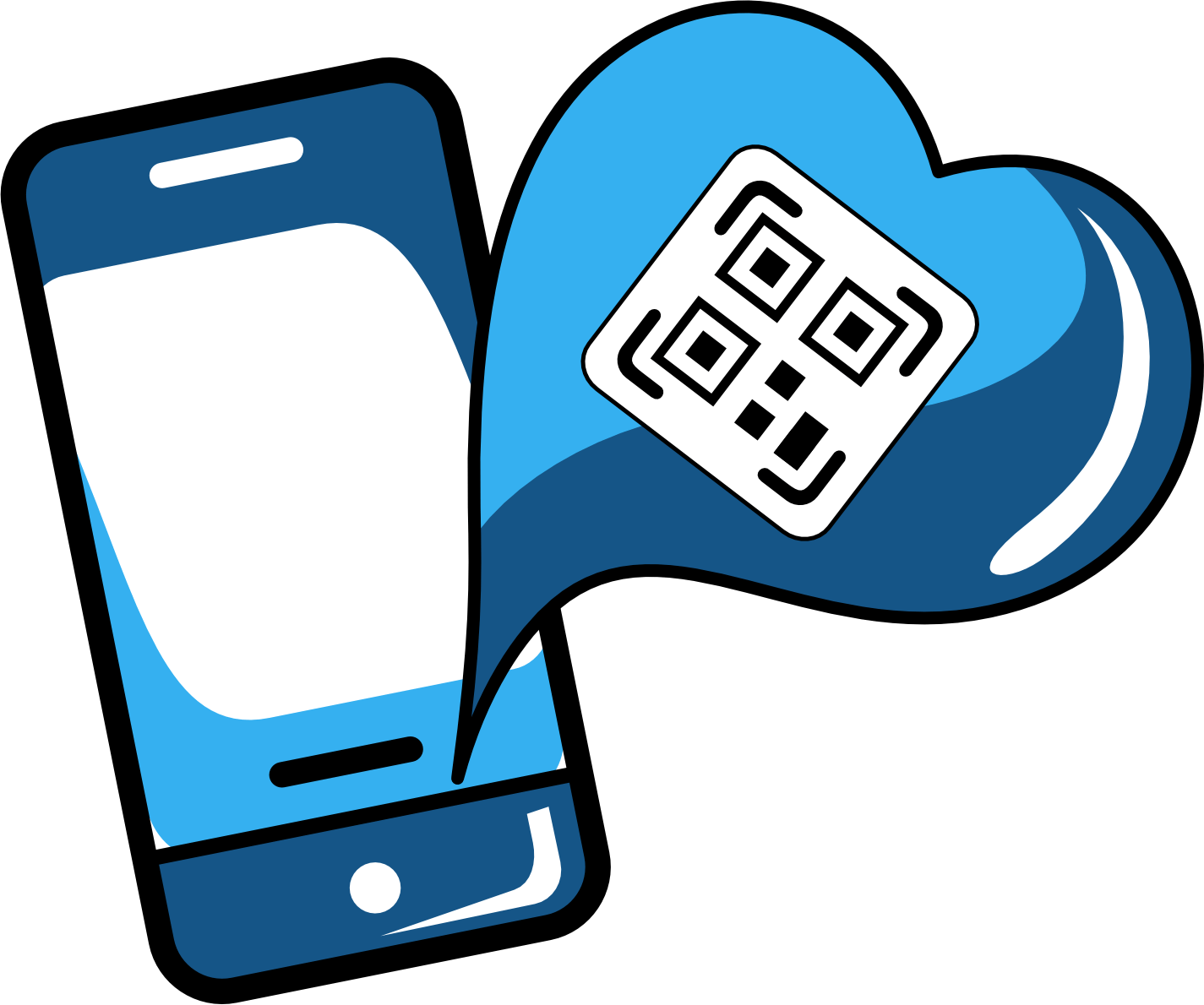When should I delete an eSIM?
Finished your trip or switching devices? Then you may need to delete your eSIM. Here’s when it’s safe to do so, how to tell the difference between deleting and deactivating an eSIM, and how to manage it properly on iPhone or Android.
Table of contents
ToggleYou can delete your eSIM if:
- You want to transfer the eSIM data plan to another device because you’re switching to a new phone.
- The eSIM data plan has expired and you can no longer access its services.
- You no longer need the eSIM because your trip is over.
- You need to free up a SIM profile because you’ve reached the maximum capacity.
- You’ve purchased a new eSIM for the same country or region with a better data plan.
- You’re selling or giving away your current device.
When should you NOT delete the eSIM?
Do not delete the eSIM if:
- You’re unable to connect your eSIM—first, review the activation steps to make sure nothing was missed.
- You activated your eSIM before traveling, just turn off data roaming until you arrive at your destination.
- You’re resetting your device to factory settings, avoid selecting options that erase or delete your eSIM.
- You have multiple eSIMs and are unsure which one to remove, it’s best not to delete any until you confirm which one you no longer need.
To keep in mind
Deactivating an eSIM is not the same as deleting it. You can temporarily deactivate it if you’re changing destinations or activated it by mistake. Deleting an eSIM on iPhone or Android means permanently removing it from the device. Knowing the difference is key to managing your eSIM properly.
Troubleshooting tips
How to deactivate or turn off an eSIM?
If you haven’t arrived at your destination yet or need to switch to a different eSIM, you can temporarily disable your current one. Here’s how to turn off or deactivate your eSIM in just a few steps:
To turn off an eSIM on iPhone:
- Go to Settings > Tap Cellular or Mobile Data > Select the eSIM you want to turn off > Toggle off the Turn On This Line option, and that’s it! Your eSIM will be deactivated without being deleted.
To turn off an eSIM on Android:
- Go to Settings > Connections > SIM Manager > Toggle off the switch for the eSIM you want to turn off, and that’s it! Your eSIM will be deactivated without being deleted.
What happens if I delete the eSIM?
If you accidentally delete your eSIM on an iPhone or Android device, it might not be possible to reinstall it. However, in some cases, you may be able to manually add it again using the installation details or QR code originally provided.
To manually install eSIM on an iPhone:
- Go to Settings → Tap on Cellular or Mobile Data → Select Add eSIM → Use QR Code → Enter Details Manually → Copy and paste the SM-DP address and Activation Code you found in your email (These are not links, but rather codes to be entered in the designated space) → Next → Tap Continue when the “Activate eSIM” screen appears (this step advances the setup, but won’t activate the eSIM yet) → Continue with the setup.
To install an eSIM with the manual codes on Android:
- Go to Settings > Tap on Connections > Select SIM Manager > Select Add eSIM > Scan QR Code > Select Enter activation code > Type or paste the full activation code (including LPA and the colon ‘:’) This code was sent to your email (These are not links, but rather codes to be entered in the designated space) > Your mobile plan will be automatically downloaded.
Any more questions?
For any other questions or additional assistance, our Customer Support chat is available 24/7.





